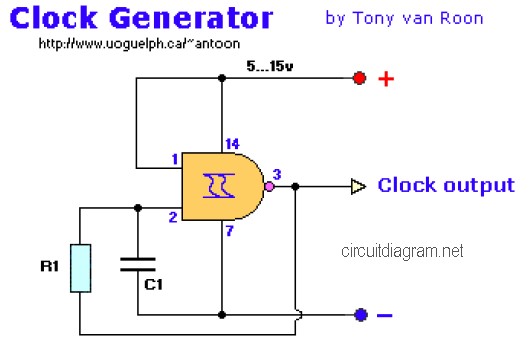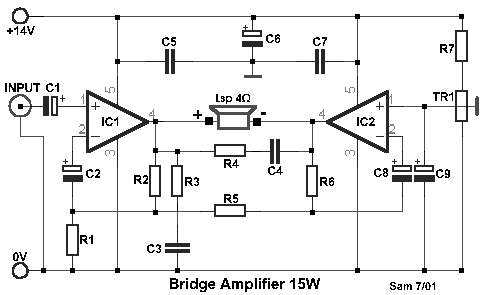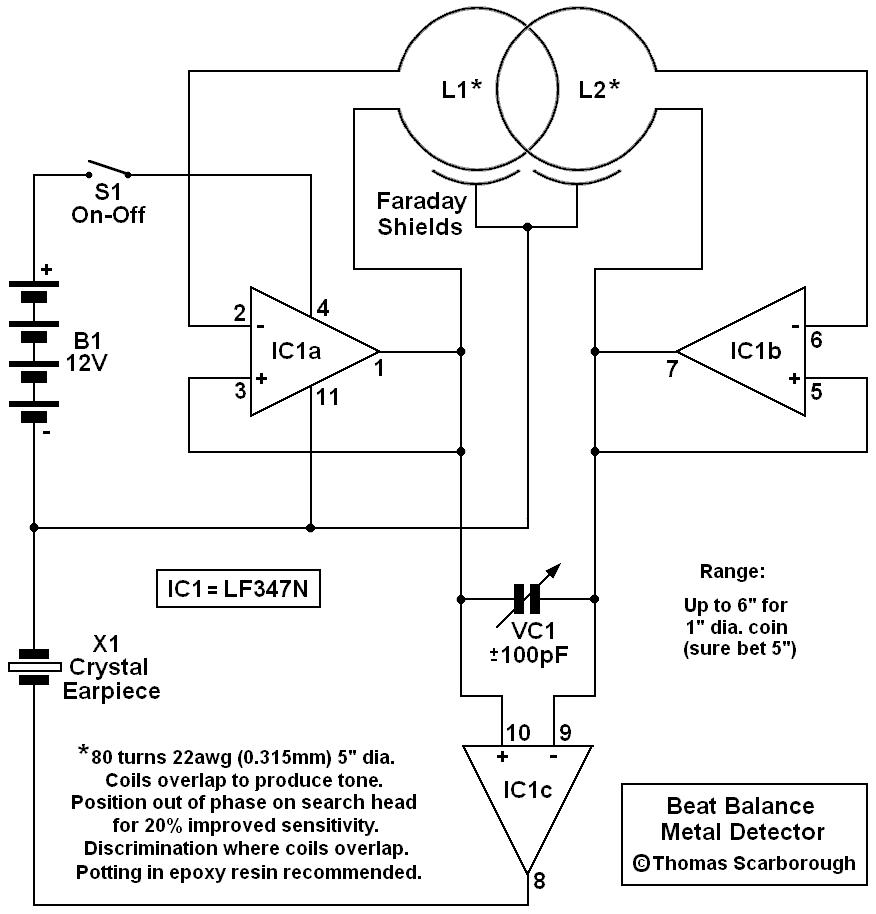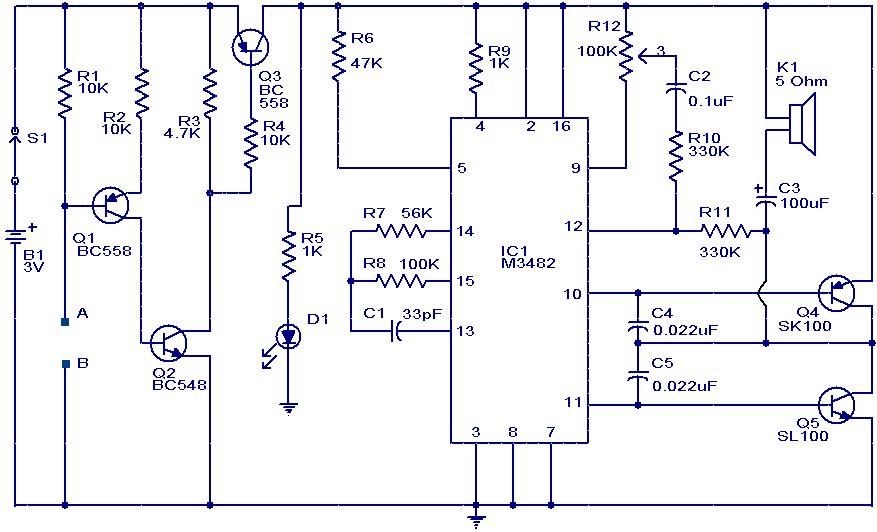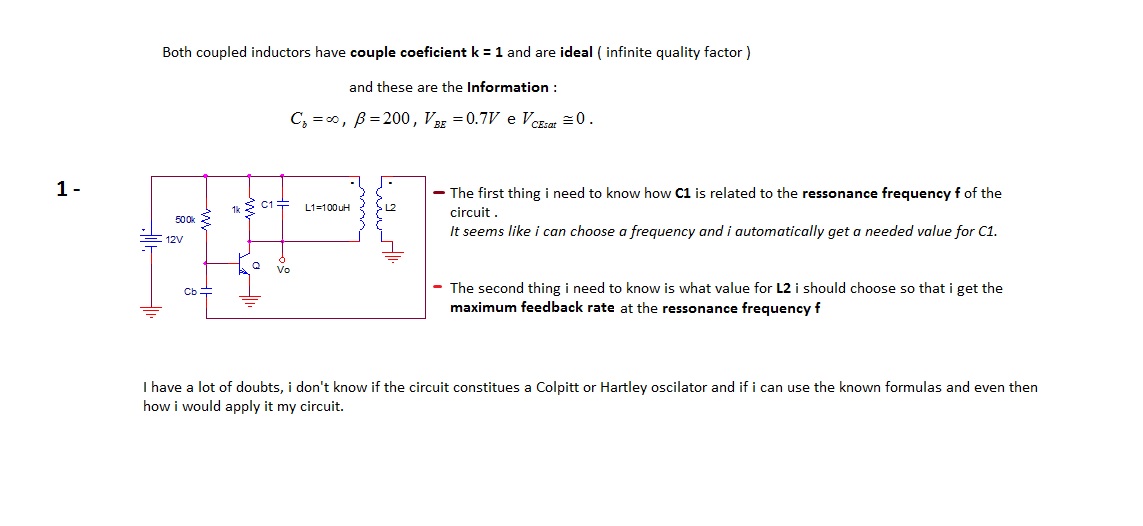
siren circuit

This is a simple electronic siren circuit that can be utilized in various applications where a siren sound is necessary. The circuit is straightforward, employing only two transistors and a few additional components, and it will produce a siren sound when power is supplied. An 8-ohm speaker should be used, with a 9-volt power supply connected to the circuit.
The electronic siren circuit operates using a basic configuration of two transistors, typically configured as an astable multivibrator. This arrangement allows the circuit to oscillate, creating a square wave signal that drives the connected speaker. The choice of an 8-ohm speaker is crucial, as it matches the output characteristics of the circuit, ensuring optimal sound production.
The circuit begins with a power supply of 9 volts, which is connected to the base of the first transistor through a resistor. This resistor limits the current flowing into the base, controlling the transistor's switching action. The first transistor, when activated, allows current to flow from the collector to the emitter, effectively turning on the second transistor. This second transistor, in turn, amplifies the current to drive the speaker.
Feedback from the speaker is typically routed back to the base of the first transistor through a capacitor, establishing a feedback loop that sustains oscillation. The frequency of oscillation can be adjusted by varying the values of the resistors and capacitors in the circuit, allowing customization of the siren sound.
Overall, the simplicity of this design makes it an effective solution for generating siren sounds in various applications, such as alarms, warning systems, or other audio signaling devices. Proper attention to component selection and circuit layout will ensure reliable operation and sound quality.This is a simple electronic siren circuit, which can be used in many circuits where the need of siren is required. The circuit is very simple using only two transistors and few other components and it will generate siren sound when power is applied.
Use 8 ohms speaker and apply 9 volts to the circuit. 🔗 External reference
The electronic siren circuit operates using a basic configuration of two transistors, typically configured as an astable multivibrator. This arrangement allows the circuit to oscillate, creating a square wave signal that drives the connected speaker. The choice of an 8-ohm speaker is crucial, as it matches the output characteristics of the circuit, ensuring optimal sound production.
The circuit begins with a power supply of 9 volts, which is connected to the base of the first transistor through a resistor. This resistor limits the current flowing into the base, controlling the transistor's switching action. The first transistor, when activated, allows current to flow from the collector to the emitter, effectively turning on the second transistor. This second transistor, in turn, amplifies the current to drive the speaker.
Feedback from the speaker is typically routed back to the base of the first transistor through a capacitor, establishing a feedback loop that sustains oscillation. The frequency of oscillation can be adjusted by varying the values of the resistors and capacitors in the circuit, allowing customization of the siren sound.
Overall, the simplicity of this design makes it an effective solution for generating siren sounds in various applications, such as alarms, warning systems, or other audio signaling devices. Proper attention to component selection and circuit layout will ensure reliable operation and sound quality.This is a simple electronic siren circuit, which can be used in many circuits where the need of siren is required. The circuit is very simple using only two transistors and few other components and it will generate siren sound when power is applied.
Use 8 ohms speaker and apply 9 volts to the circuit. 🔗 External reference
